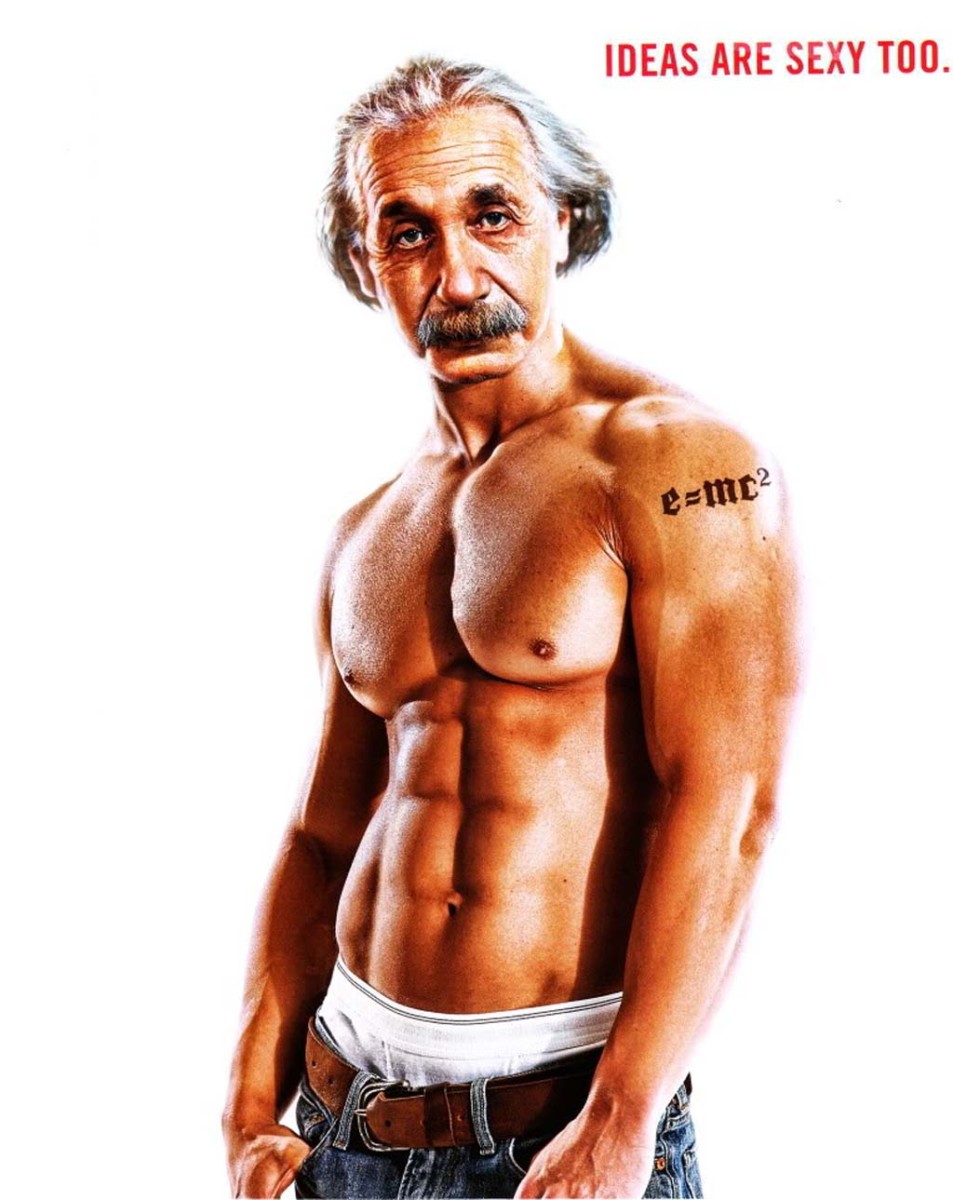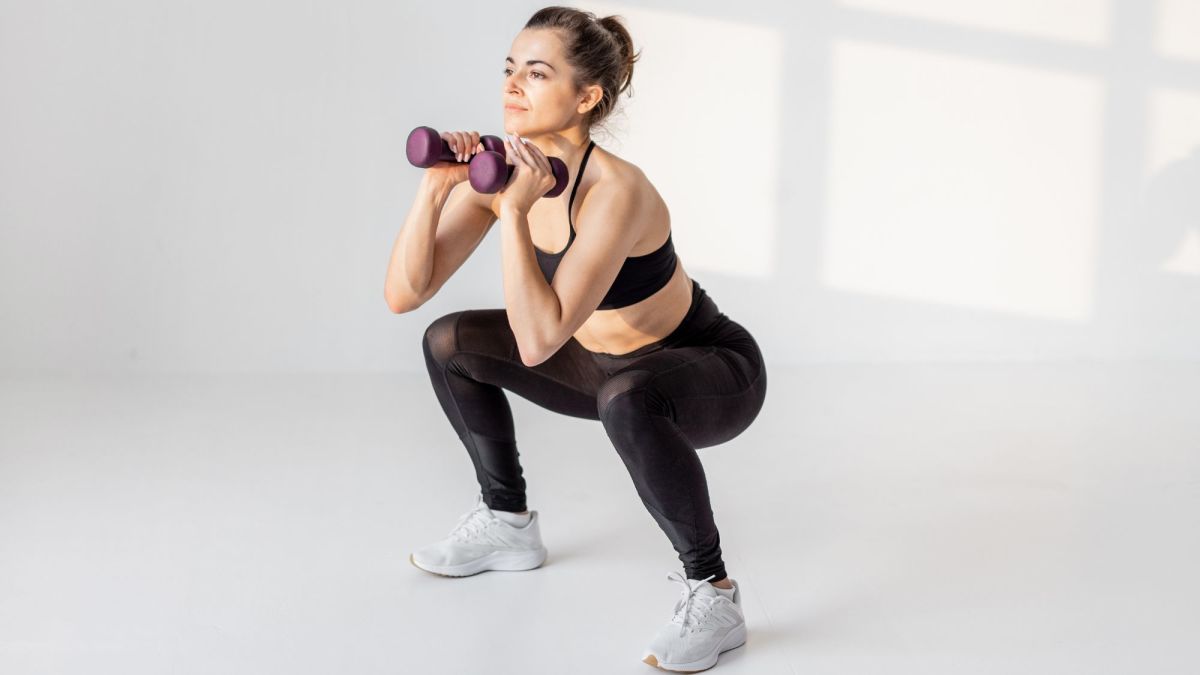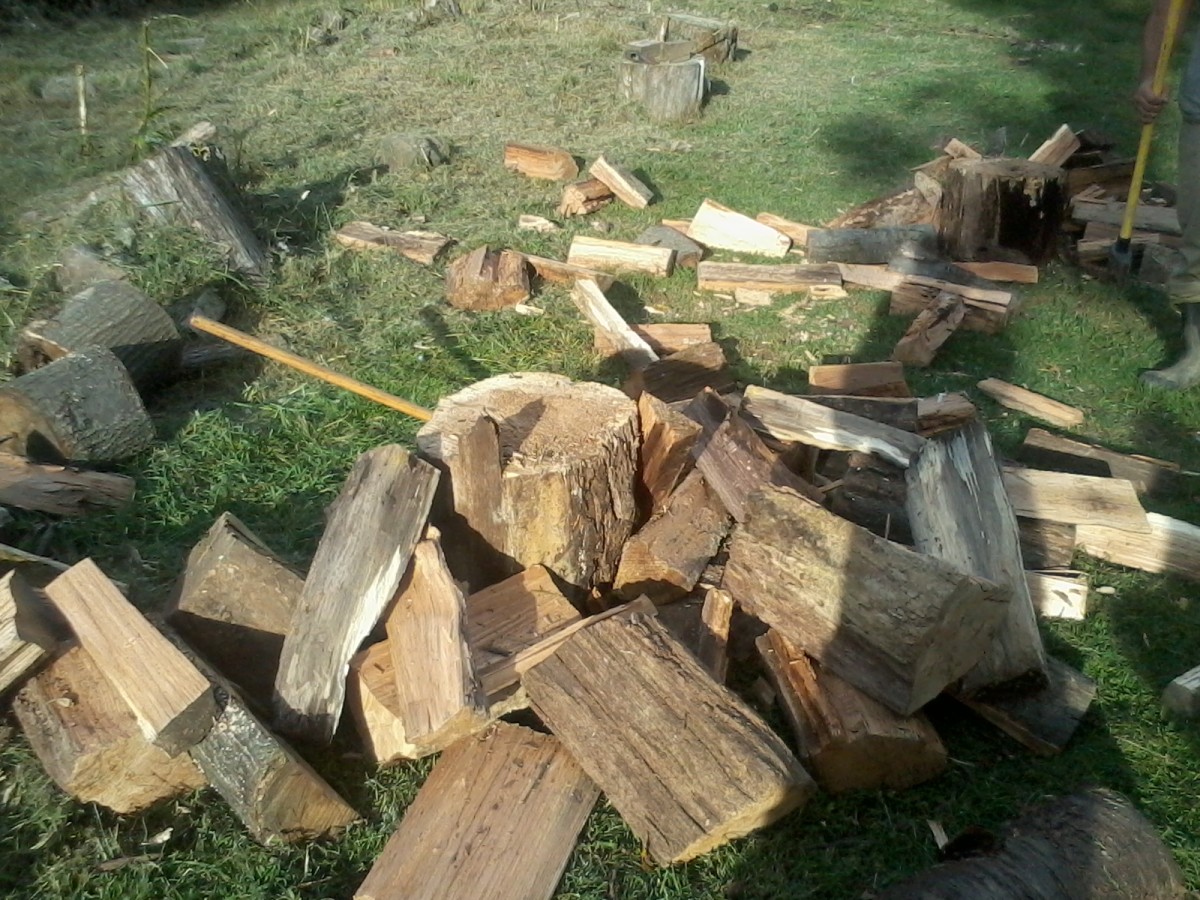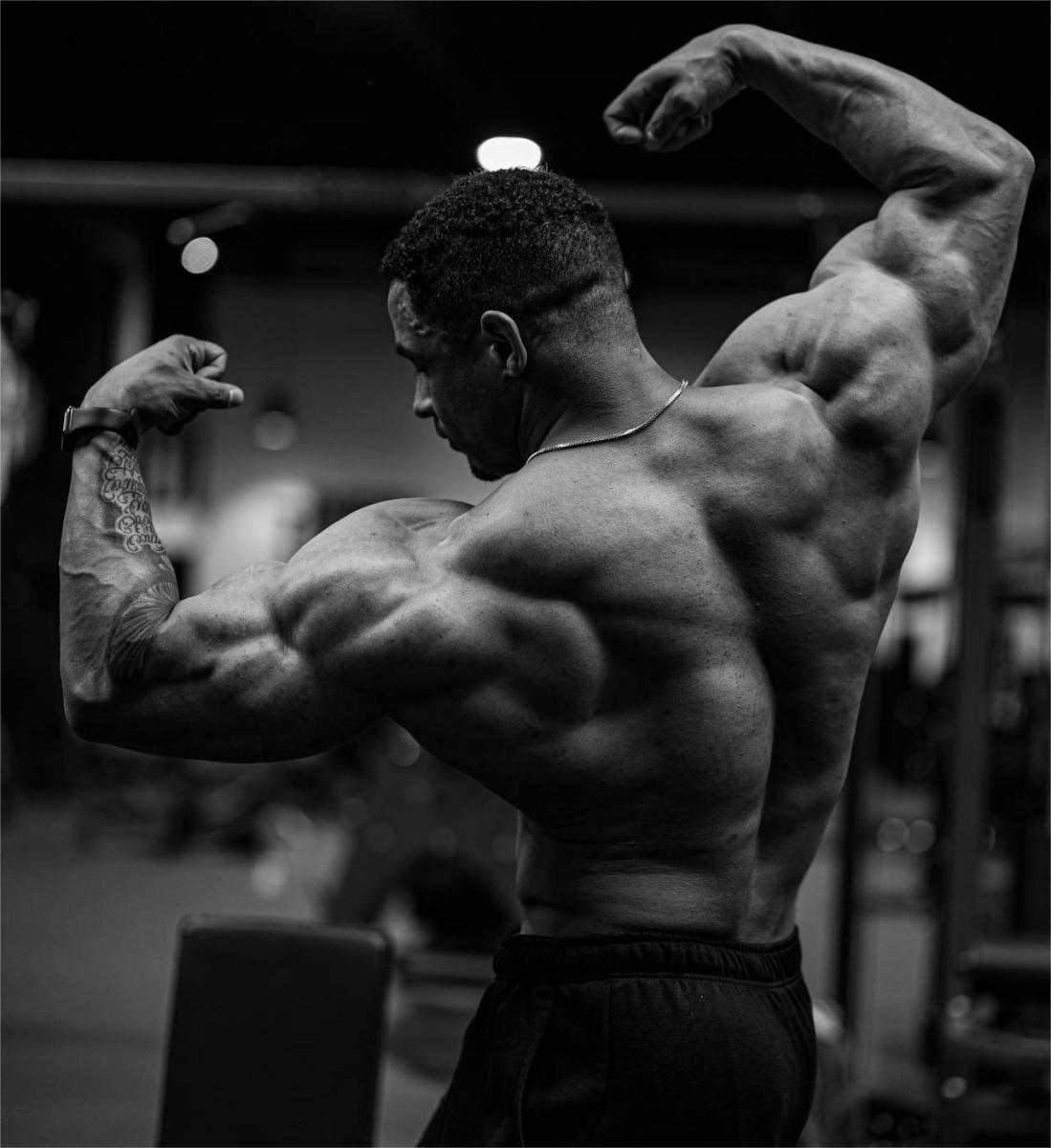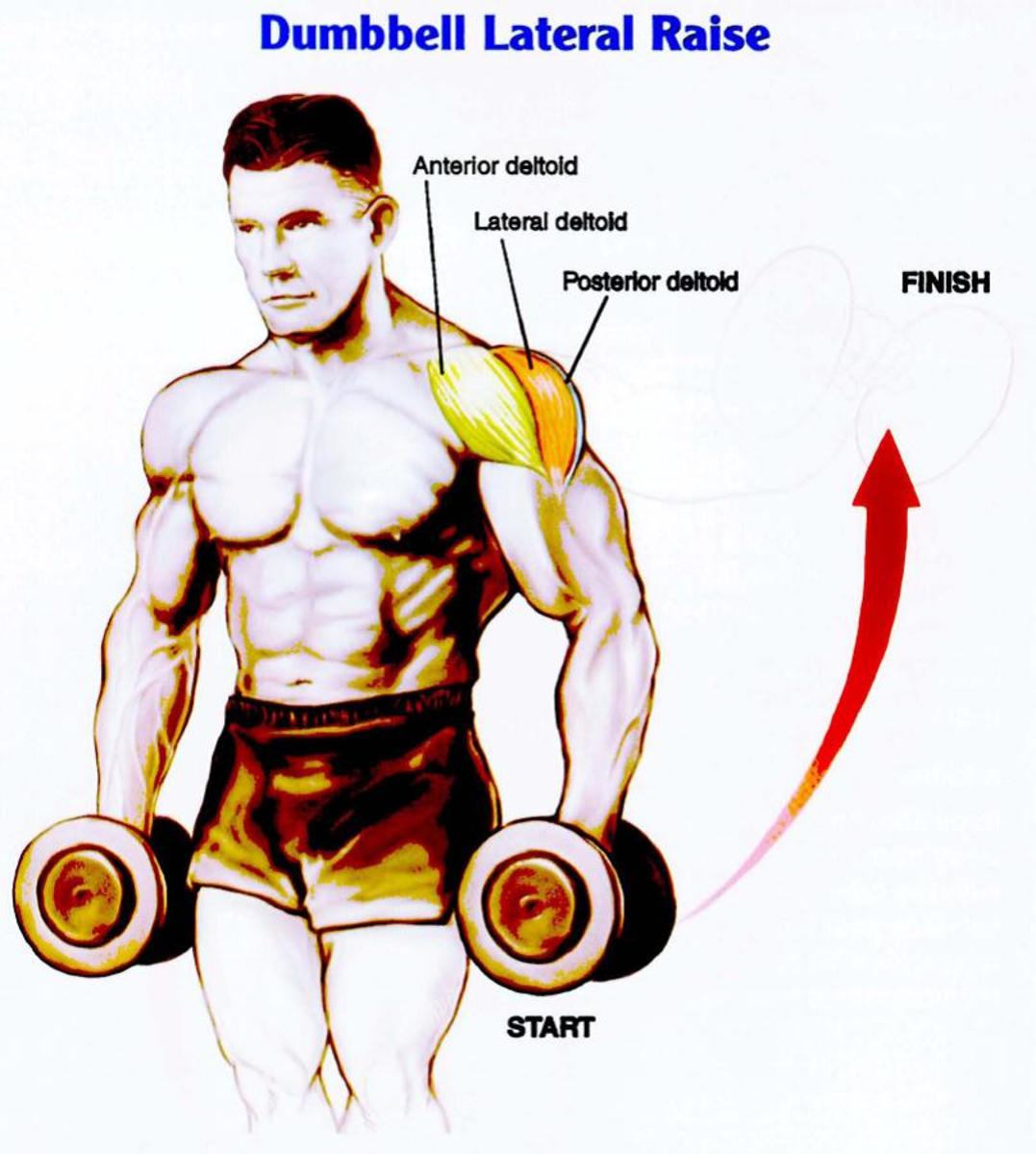Why Your Back Hurts and How Batman Can Help!
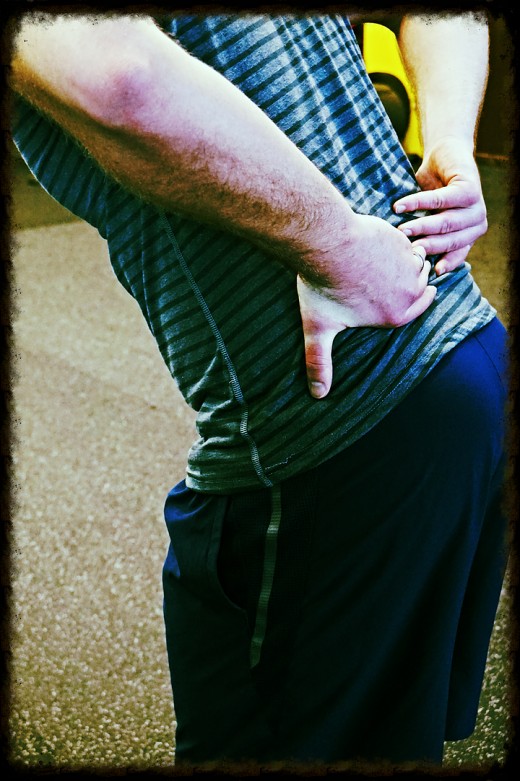
I guarantee if you are reading this either you or someone you know has experienced back pain. Typically of the sort that aches in the lower back but could be more sharp and stabbing. It may have started very acutely while exercising. Maybe you went to pick something up and suddenly your back locked up on you. Perhaps you were in the middle of the best round of golf you have ever played but that last tee shot feels like it teed off on your back more than the ball. Regardless there tends to be underlying causes in common for every case above. Stop me if you've heard this one but “it's all in the hips.”
Here he goes again bringing everything back to the butt/glutes. True, but with good reason and before we talk about the glutes there is some other anatomy we must cover first. If Batman is your glute complex (complex, big movement driver, and solves many problems) Joker is your hip flexor (causes many a pain and complication). Your hip flexor actually consists of two muscles. One is the innocent bystander/hostage, your illiacus. It starts on the crest of your hip in the front and connects to your femur. The main culprit is the psoas major. It starts on the anterior and transverse portions of the vertebrae in your back, T12-L5, connecting onto your femur as well.
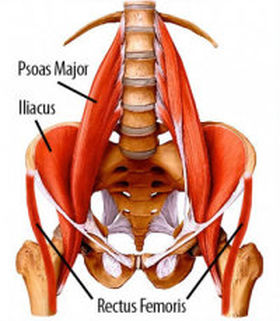
Let me rinse and repeat that. Your hip flexor connects to your vertebrae.
That wonderful column of basically floating bones housing the most important neurological pathway in the moving body connects directly to the muscle that gets tight when we sit.
Think about how much we sit. I'm sitting down now even though it may sound like I'm standing on a soap box. Chances are you are as well. There is a good chance the means of transportation you took to get you wherever you are right now took you there while seated. We eat seated, we work seated, and we relax seated. Not to mention if you are like me I tend to sleep in a hip flexed position. All that time spent on a daily basis allowing a muscle that connects to our spine to shorten and tighten up. All that time spent allowing something to pull on our spine and change the delicate balance between vertebral discs. That tension causes our vertebrae to tilt forward putting more stress and tension on the low back muscles while also making herniating a disc a much more likely scenario.
Being held in hip flexion causes another major problem. Our body works as a seesaw in some aspects. If two equally weighted people sit on a seesaw at the same time the seesaw remains in neutral. However, if one significantly heavier individual were on that same seesaw they would be in a controlling position on the ground while the lighter individual would be tense, panicked, and vulnerable at the top of the seesaw. Right now the hip flexor is the heavy one and the glute complex is the one with no control.
A rough analogy for sure but one that does hold true. With a shortened hip flexor and thereby the body being held in flexion our hip extensors, mainly the glutes, cannot control what we do. Going back to our back pain above, we already noted the low back muscles are tense due to the pull of the hip flexors. If we take away the bodies' ability to extend the hips through the glutes we will make up for the lost range of motion somewhere. Instead of using our glutes to extend the hips we will use our low back muscles to extend the back making us more upright. Those muscles are designed for stabilizing not being a primary mover. Now we have added tension to them and are asking them to work more than they are designed to do. Our result is almost immediate pain and discomfort with even as little as a millimeter of movement. We've all heard stories of individuals who blew their back out lifting a pencil or a can of beans, this is why.
As with most issues in the body there is a lot more at play here then what I've just described. The flexed position with your low back muscles firing for dear life also puts your core musculature in a vulnerable state. Just like the glutes the core is taken out of its ideal firing position and can no longer do its designated task optimally. Needless to say this expedites the chances of low back injury when your core becomes destabilized. The other major issue is often the back will hurt on one side versus the other. The culprit? Overuse of your more dominant leg. If you tend to stand on your right foot and have the above tension issues, your left low back will hurt. By shifting your weight to one side you are easing some tension to that side allowing your muscles to support your body. By equal measure, you are increasing tension on the side you are moving away from and greatly increasing chances of pain or injury.
How to tell if this is happening?
The most obvious sign is back pain. If you have regular ache or back pain associated with movement, chances are this is happening. Keep in mind this doesn't cover fused vertebrae or any non-soft tissue injury. If your pain is directly related to muscle tissue the following is worth a shot for you.
Before we get to that here are a few things to watch out for. You should be hyper aware of how your body moves. Watch it when you walk, when you squat, when you lunge, and when you run. If you can't see yourself, have a friend or expert watch you. EVERYTHING should be near symmetrical right to left. It may not be a true 50/50 split right leg/hip vs left leg/hip but we should hope for at worst 51/49. The length of your steps when running should cover an identical distance. When you squat your tailbone should drop straight down and not trail off towards one side. Additionally from a side view your squat should fold down nicely with you chest parallel to your shins at the bottom. If you feel yourself forced to bring your chest towards the ground your hip flexors are winning. When you lunge everything from how deep you can go, how far you can stride, and how far out your hip wants to push should be identical side to side.
While standing take note, do my hips or low back feel tight? Ideally your hips should feel light and when you move they should be driving your motion. If your hips feel tight and it is a labor to move they need work.
What do I do?
To relieve your complications there are 3 steps you need to accomplish.
-
Activate healthy hip flexor range of motion so that it may stretch and loosen.
-
Make your glutes fire, then fire again, then keep them fired.
-
The above two should relieve tension on the low back and once that is accomplished start targeting core specifically pelvic floor and lower abdominal exercises to build core strength and support.
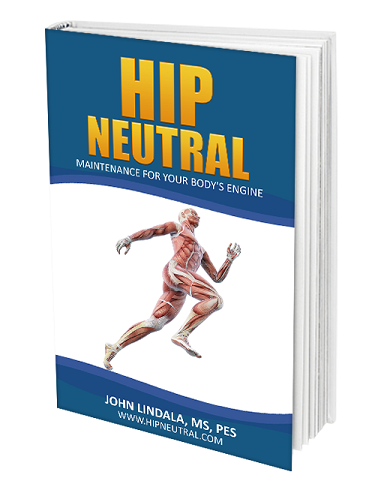
Warning shameless self promotion ahead. You need Hip Neutral. Had to see that plot twist coming but it is a game changer. Hip Neutral knocks steps 1, 2, and the first part of 3 out of the park. You just supply the planks.
Easy as 1, 2, and 3 right?
It may sound easy but it is a process. You cannot simply stretch your hip flexors to get lasting results. Why? Because after you stretch you are going to sit again and the tightness is going to come screaming back. You have to balance out strength between the hip flexors and glutes so that the flexors are held in check and our seesaw is a level playing field. Where people go wrong is by jumping right into glute work and neglecting the hip flexor. It was rude to compare the hip flexor to the Joker as it is a necessary part of the human body. Then again every super hero needs an arch nemesis. You can't neglect the hip flexor. It shouldn't be banished but it should be maintained. Range of motion exercises that stimulate blood and force a full range of motion should be given priority for the hip flexors so they can be lubricated and released. For the glutes the primary focus is getting them to engaged and fire Your go to exercises should be bridges, leg lifts, and lunges while focusing on perfect form throughout. On this part remember a cramp isn't necessarily a bad thing as long as it is in the muscle doing the work. Once tension is relieved in the low back the go to becomes single leg dead lifts. A word of caution, if you jump to this to soon you will only add to low back stress. For the core focus on planks so that you can get your core and your glutes to play nicely together so they may become the Batman and Robin to the hip flexors Joker.
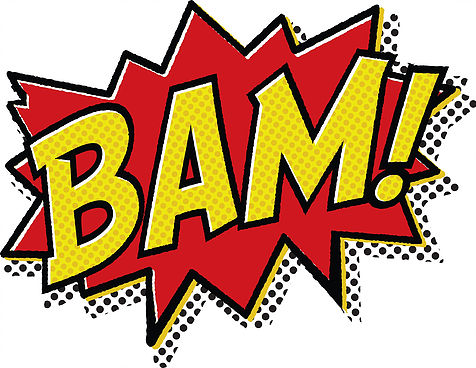
© 2016 John Lindala

